AIT Meaning Army: Understanding Advanced Individual Training
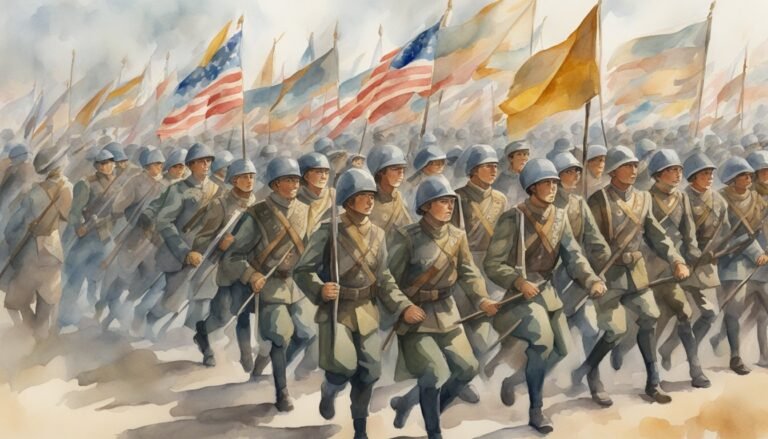
Advanced Individual Training, or AIT, is a crucial phase for any new Army recruit.
After completing Basic Combat Training, soldiers move on to AIT to learn the specific skills needed for their assigned Military Occupational Specialty (MOS). AIT is where you transition from a general soldier to an expert in your chosen field.
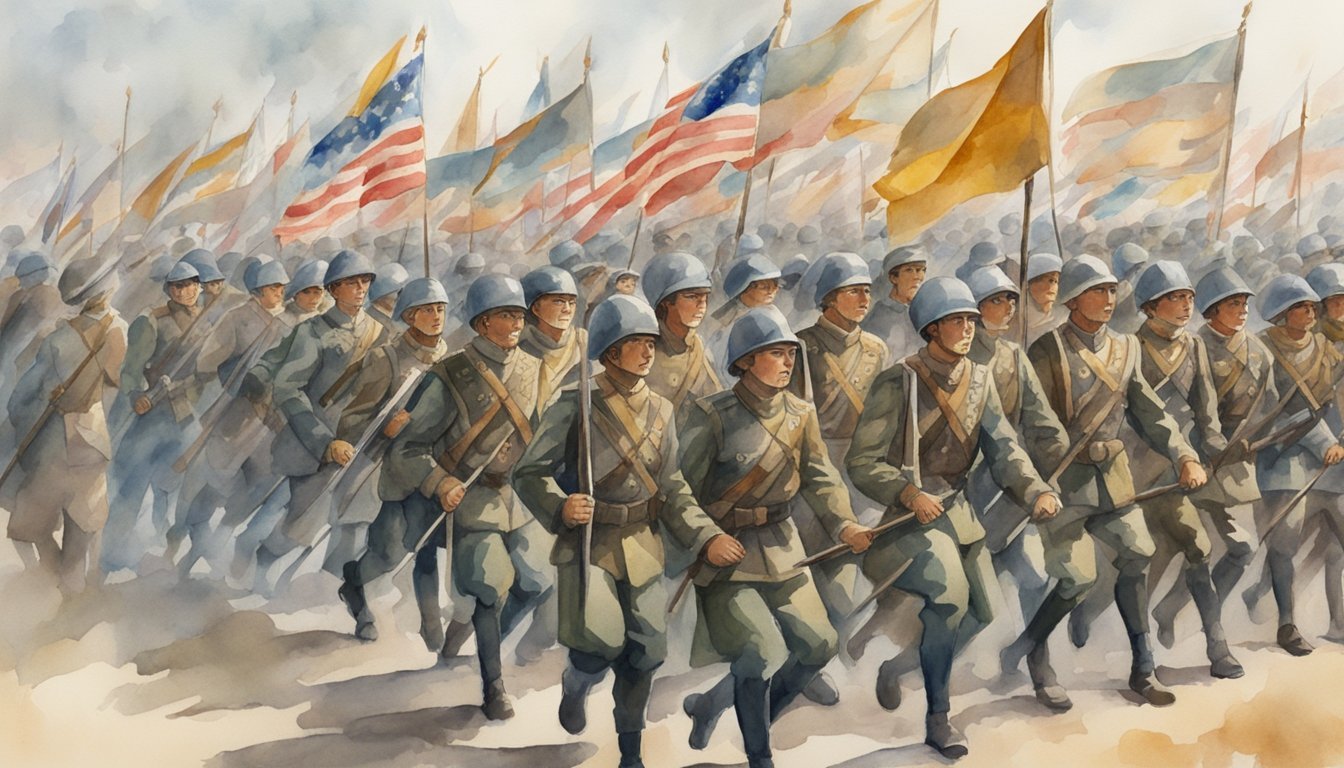
During AIT, you’ll be stationed at one of several locations across the United States, each specializing in different areas such as transportation, aviation, and medical services.
The duration of AIT can vary greatly depending on the complexity of the MOS, ranging from a few weeks to over a year.
This training ensures that you are fully prepared to perform your job effectively and efficiently.
Throughout your time in AIT, you will experience a structured, disciplined environment designed to refine your capabilities and readiness.
The training is intense and demanding but also highly rewarding, setting the foundation for a successful career in the Army.
Key Takeaways
- AIT trains soldiers in their specific Military Occupational Specialty (MOS).
- Training duration varies from weeks to over a year based on the MOS.
- AIT provides the skills necessary for a successful Army career.
Understanding AIT in the Army
Advanced Individual Training (AIT) is crucial for new soldiers.
At AIT, you learn your specific Military Occupational Specialty (MOS) and gain the skills required for your assigned role.
The Concept and Importance of Advanced Individual Training (AIT)
AIT is where you receive specialized training for your chosen Military Occupational Specialty.
This phase follows Basic Combat Training (BCT) and focuses on the skills needed for your particular job in the military.
Training can last from a few weeks to nearly two years, depending on the MOS.
For example, becoming a technical expert in fields like aviation or engineering may require longer training periods.
Receiving this specialized training ensures that you are fully prepared to perform your duties effectively.
Differences Between AIT and Basic Combat Training
Basic Combat Training (BCT) prepares you for the physical and mental demands of military life.
It includes physical fitness, weapons handling, and basic combat skills.
In contrast, AIT focuses on job-specific skills.
At AIT, you learn the technical aspects of your MOS, whether it’s medical training, mechanical skills, or communication systems.
While BCT is standard for all recruits, AIT is tailored to your MOS.
Recruits must successfully complete both phases to become fully qualified soldiers.
This structured approach ensures the military has well-rounded individuals ready for their specific roles.
Structure of AIT Programs
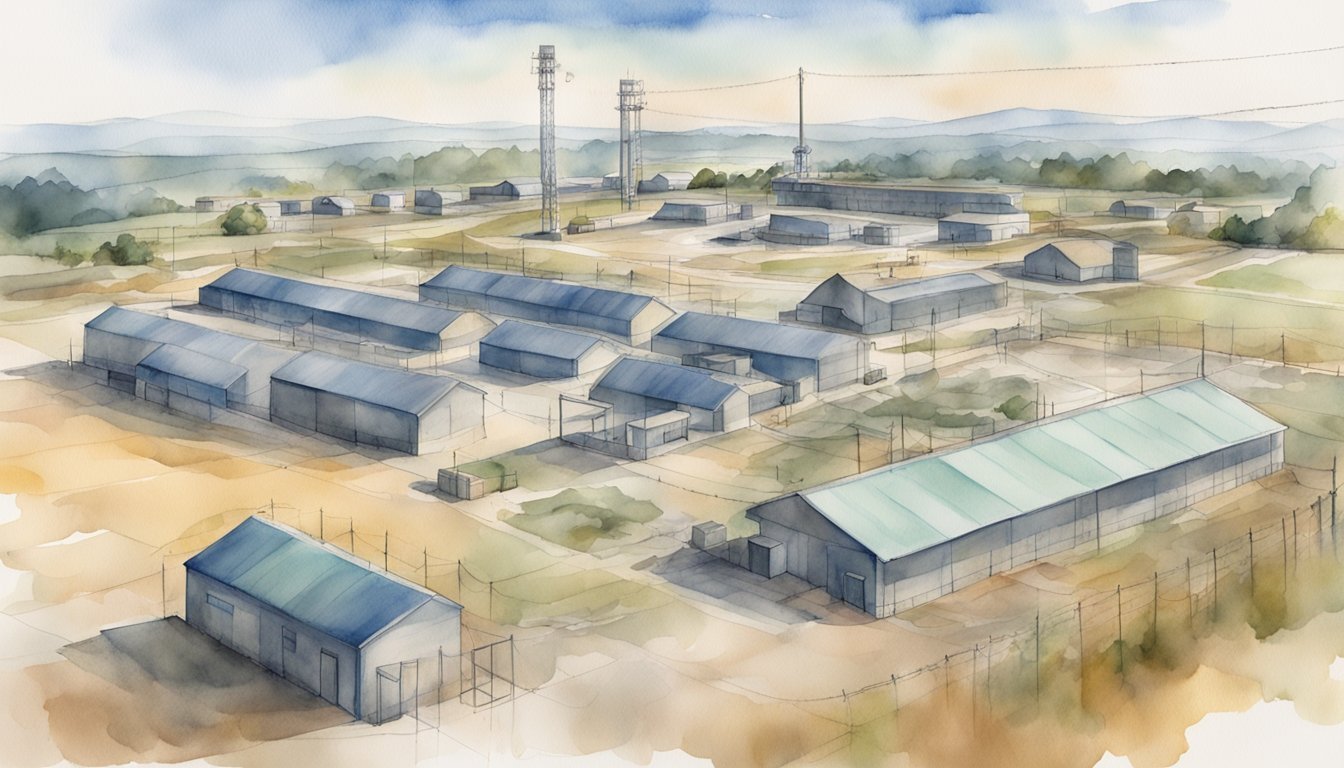
The structure of Advanced Individual Training (AIT) in the Army ensures you build the specialized skills needed for your Military Occupational Specialty (MOS).
It involves multiple phases and specialized schools located around the country.
Phases of AIT: Phase IV and Phase V
Phase IV focuses on transforming you from a trainee into a soldier.
During this phase, you follow strict schedules and rules.
Your day may start early and include physical training, classroom learning, and hands-on practice.
You learn skills that are specific to your MOS and continue with Basic Combat Training principles.
Phase V offers more advanced training.
You gain more responsibilities and freedoms.
This phase covers in-depth skills for your MOS, additional leadership training, and more complex tasks.
By the end of Phase V, you should be prepared for your role in the Army.
AIT School Locations and Their Significance
AIT schools are spread across various locations in the United States.
Your MOS determines which school you will attend.
For example, Fort Benning specializes in Infantry and Armor training.
Fort Leonard Wood focuses on engineering, chemical, and military police occupations.
Each location has unique facilities and experienced instructors.
These attributes ensure you receive the best possible training in your field.
Schools like Fort Eustis cater to transportation and aviation skills.
This specialization allows you to enter your Army role fully equipped with the necessary knowledge and experience.
Career Opportunities Post-AIT
Post-AIT, you have various career opportunities within the Army, each tied to your specific Military Occupational Specialty (MOS).
Your training paves the way for your future roles and career growth.
Military Occupational Specialty (MOS) Overview
Your MOS determines the specific role you perform in the Army.
There are numerous MOS options, each requiring distinct skills and training.
During AIT, you receive specialized instruction aligned with your chosen MOS.
For example, if you select an engineering MOS, you will learn skills relevant to construction and repair.
Each MOS has unique requirements and offers various paths for advancement.
Understanding your MOS is critical to navigating your career and identifying future training and development needs.
Job Placement and Career Progression
After completing AIT, you are placed in a job corresponding to your MOS.
Your role may involve working in various locations and environments, depending on the needs of the Army.
Career progression in the Army is systematic and based on your MOS performance and achievements.
You may have opportunities for further training, leadership roles, and promotions.
Staying committed to your job and continually improving your skills can lead to significant career advancements and broaden your career fields within the Army.
AIT for Different Army Branches
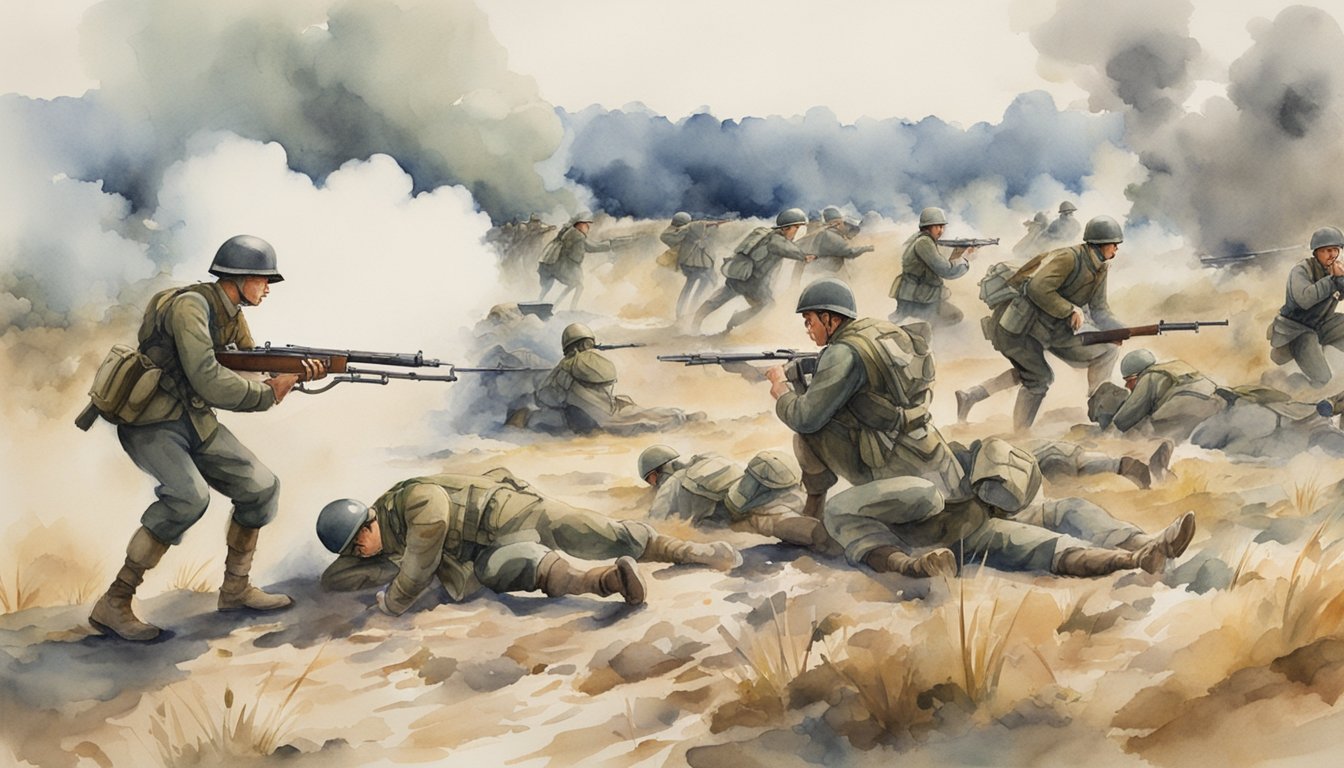
In Army Advanced Individual Training (AIT), your assigned job determines your training location and duration.
This section provides details on AIT for specific Army branches including Infantry, Armor, Logistics, Transportation, and Aviation.
Infantry and Armor Training
Infantry and Armor AIT focuses on combat skills essential for frontline duties.
If you join the Infantry, you’ll attend AIT at Fort Benning, Georgia.
Training includes marksmanship, tactical formations, and urban combat operations.
Infantry AIT lasts about 14 weeks.
For Armor, you will also train at Fort Benning.
Armor AIT combines tactical vehicle maneuvers, weapons systems handling, and maintenance.
This training period is approximately 15 weeks.
Both branches require rigorous physical and mental preparation to ensure soldiers are ready for combat roles.
Logistics, Transportation, and Aviation
Logistics and Transportation AIT are critical for military operations.
If you choose a logistics role, training locations vary.
Some training takes place at Fort Lee, Virginia, where you will learn supply chain management, inventory control, and equipment repair.
Training durations range from 8 to 20 weeks depending on your job.
Transportation AIT also occurs at Fort Lee and focuses on vehicle operations, convoy operations, and vehicle maintenance.
These skills are vital for ensuring troops and supplies are delivered safely and efficiently.
Aviation logistics training is provided at the Aviation Logistics School at Fort Eustis, Virginia.
This includes aircraft maintenance, repair techniques, and parts management.
The training duration can be between 16 to 20 weeks.
Specialized training ensures that aviation logistics personnel are adept at maintaining operational readiness.
Specialized Training within AIT
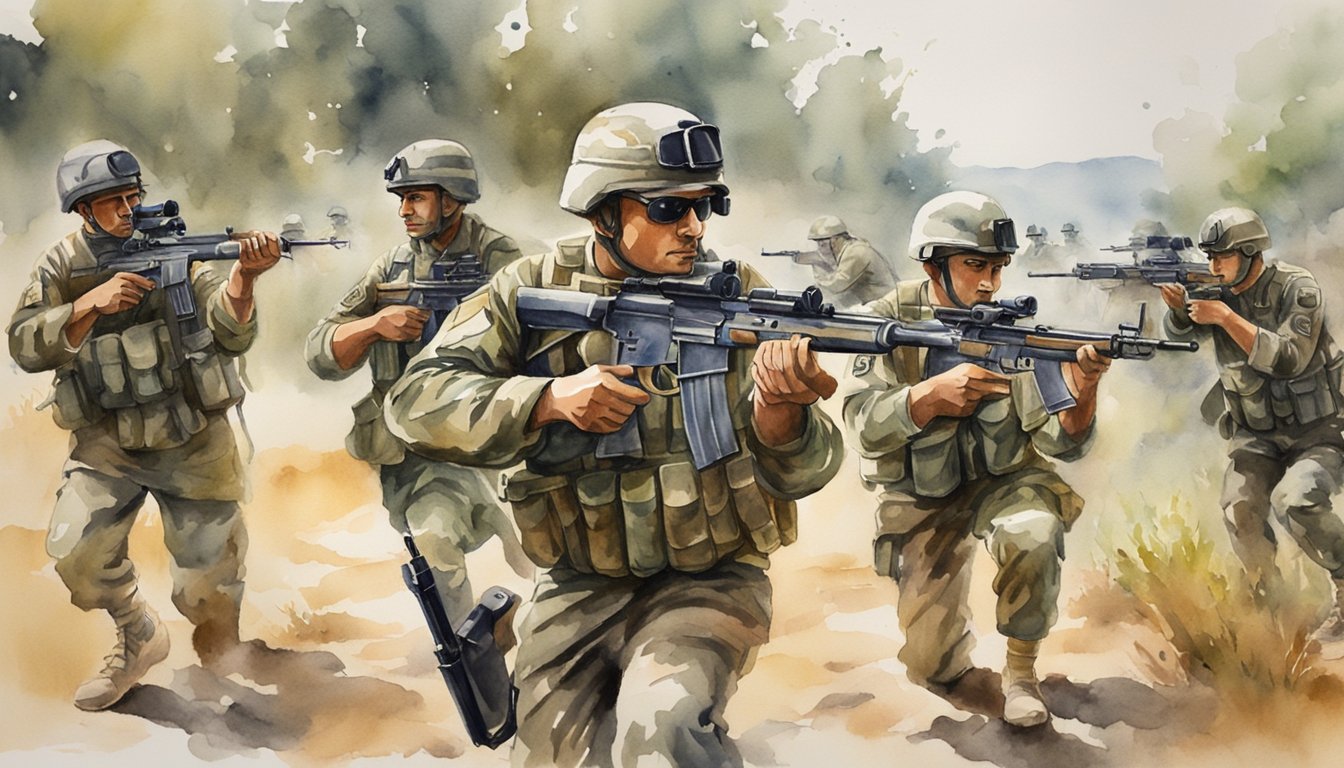
Advanced Individual Training (AIT) equips you with the specific skills necessary for your Military Occupational Specialty (MOS).
Two critical areas of specialized training include Engineering and Mechanical Maintenance, and Medical, Chemical, and Biological Training.
Engineering and Mechanical Maintenance
In this area, you learn to maintain and repair various military vehicles and machinery.
This training includes hands-on practice with engines, hydraulics, and electrical systems.
You’ll get to know how to troubleshoot issues and perform preventive maintenance.
These skills are crucial for keeping military equipment in top condition.
You may also learn welding and fabrication techniques, essential for field repairs.
Your training will prepare you to handle advanced machinery used in various military operations.
Medical, Chemical, and Biological Training
This training covers a range of critical roles.
If your focus is medical, you’ll learn emergency care, trauma management, and patient transport.
You’ll also practice administering medications and using medical equipment.
For those in chemical and biological training, you’ll study how to handle hazardous materials safely.
This includes detecting and protecting against chemical and biological threats.
You’ll learn decontamination procedures and emergency response techniques, ensuring you’re ready for any situation.
AIT Training Environments
AIT training environments in the Army are designed to give new soldiers comprehensive and specialized training for their chosen Military Occupational Specialty (MOS).
These environments include practical experiences and theoretical learning.
Hands-On Training and Field Instruction
During Advanced Individual Training (AIT), you will receive extensive hands-on training and field instruction.
This means practicing your skills directly in environments that mimic real-life situations.
For example, if your MOS involves engineering, you’ll work on construction projects and learn to use specialized tools and machines.
The goal is to make you confident and capable in your role. Field instruction often involves outdoor exercises where you apply classroom knowledge to practical scenarios, integrating technology and real-world data to ensure you can handle real-time challenges.
Classroom Learning and Simulation
Classroom learning is another crucial aspect of AIT.
Here, you’ll cover the theoretical aspects of your MOS.
Instructors use data, multimedia resources, and even simulators to teach complex concepts.
For instance, artillery specialists might use simulation technology to practice targeting.
Simulations are particularly useful for high-risk tasks as they provide a safe environment to learn before moving to field exercises.
This blend of technology-driven instruction and traditional classroom learning helps solidify your understanding and prepare you for various situations you might face.
Life During AIT
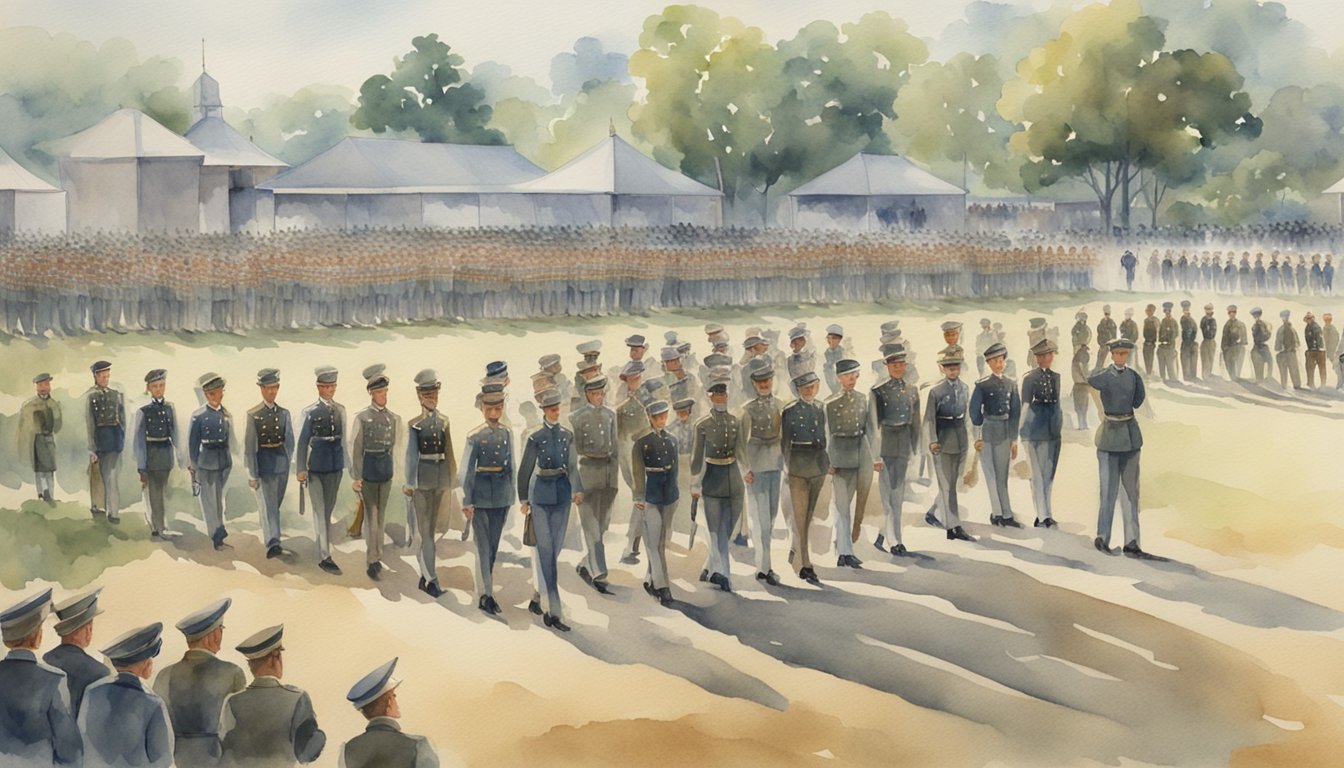
Life during Advanced Individual Training (AIT) in the Army is rigorous and structured.
It includes a strict daily routine, valuable lessons in discipline, and varying privileges depending on your progress and rank.
Daily Routine and Discipline
Your day during AIT begins early.
Morning physical training (PT) is mandatory and helps build physical endurance.
After PT, you move on to classroom instruction and hands-on training specific to your Military Occupational Specialty (MOS).
These sessions are essential for learning the skills required for your role in the Army.
Discipline is a crucial aspect of AIT.
You must adhere to a strict schedule and obey orders from superiors promptly.
Dress standards and grooming are tightly regulated, ensuring you maintain a professional appearance.
Developing a strong work ethic is emphasized, as it’s vital for future military success.
Privileges and Restrictions
As you progress through AIT, your privileges can increase.
Initially, you may have limited personal time and restricted access to electronics.
Gradually, as you demonstrate reliability and discipline, more freedoms are granted.
These might include off-base passes, phone usage, and additional free time on weekends.
Restrictions are put in place to maintain order and discipline.
Any misconduct or failure to follow rules can result in corrective actions, which may affect your privileges and rank.
Maintaining high standards in behavior and performance is essential for gaining and retaining these privileges.
In AIT, your rank can influence your experience.
Higher-ranking trainees might have additional responsibilities, contributing to their leadership skills and readiness for future roles in the Army.
To learn more about AIT experiences, visit the Army Advanced Individual Training page.
Support Systems and Resources
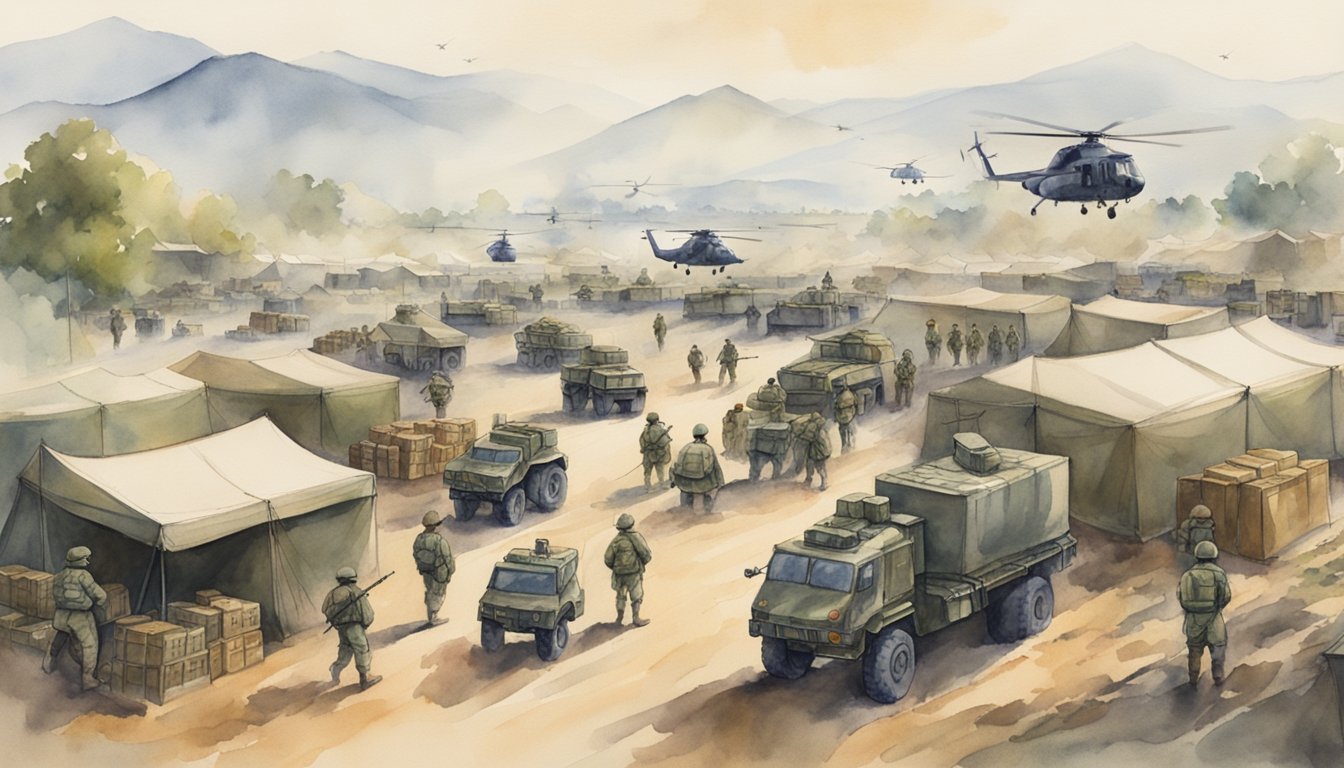
Support systems for Army personnel are crucial for maintaining morale and effectiveness.
These include both professional training and personal support from family and community.
Instructors and Mentorship
Instructors in Army training programs are experienced leaders who provide essential knowledge and skills.
They guide recruits through rigorous training, ensuring they become proficient in their specialties.
Mentors offer personalized assistance and career advice, helping you navigate your military career.
This relationship can be formal or informal, but it always aims to enhance your capabilities and confidence.
Interaction with seasoned soldiers and access to their expertise ensures you are well-prepared for the challenges ahead.
Family and Community Support
Family and community support play a significant role in the well-being of Army personnel.
Programs are available to help families adjust to military life and cope with the challenges it brings.
Family Readiness Groups (FRGs) provide a network of support for spouses and children.
Community activities and resources ensure that you and your family remain connected and supported, fostering a sense of belonging and stability.
These systems make sure your loved ones are not neglected and are part of the Army community’s strength.
Post-Graduation and Career Development

After completing Advanced Individual Training (AIT), your journey in the Army continues with graduation and further opportunities for career development.
You will gain technical and leadership skills essential for your role.
Graduation Ceremony and Recognition
Upon finishing AIT, you will attend a graduation ceremony.
This event celebrates your achievement and marks the completion of your specialized training.
You receive recognition for mastering the technical skills related to your Military Occupational Specialty (MOS).
Family and friends often attend, making this a proud moment.
The ceremony not only honors your hard work but also motivates you and your peers.
It symbolizes your transition from a trainee to a fully trained soldier.
You may also receive awards or distinctions based on your performance during AIT.
Continued Education and Qualification
After graduation, the Army offers various programs for continued education and qualification.
These programs help you advance in your military career by further developing your skills.
You can pursue advanced technical training, leadership courses, or even college degrees.
The Army provides resources to assist with both academic and practical learning.
You can enroll in specialized schools to become an expert in your field or attend leadership courses to prepare for higher-ranking positions.
This ongoing education ensures that you remain competent and qualified for future assignments.
These opportunities allow you to grow both personally and professionally, making you a more valuable asset to the Army.
Learn more about the various programs available for continued education and qualification for a fulfilling career in the military.
AIT and Army Readiness
Army Advanced Individual Training (AIT) plays a crucial role in preparing soldiers for deployment and war scenarios.
It ensures continuous training and adaptation to meet evolving challenges.
Preparation for Deployment and War Scenarios
AIT is critical for getting soldiers ready for deployment.
Each soldier is trained in their specific Military Occupational Specialty (MOS).
This specialized training ensures that they have the skills required for their field.
Military police, for example, receive training that prepares them for duties such as law enforcement and securing military areas.
This work is essential for maintaining order and integrity within the forces.
During AIT, soldiers also engage in simulated war scenarios.
These exercises test their readiness under stressful conditions, helping them think quickly and act decisively.
This practice is vital for real-life combat situations.
Continuous Training and Adaptation
AIT isn’t just about initial training.
It’s about continuous improvement.
Soldiers must adapt to new technologies and strategies.
For instance, at the Army Ordnance School, AIT soldiers develop skills like problem-solving and critical thinking.
Regular drills and exercises ensure soldiers stay sharp.
These activities keep their skills up-to-date, ensuring they’re always ready for the next mission.
In an ever-changing field like the military, this adaptability is crucial.
Training also incorporates lessons from past conflicts.
By understanding previous failures and successes, soldiers can better prepare for future challenges.
Frequently Asked Questions
Advanced Individual Training (AIT) helps you train for your specific job in the Army.
The duration and phases can vary based on the Military Occupational Specialty (MOS).
How long does Advanced Individual Training (AIT) typically last for Army personnel?
The length of AIT depends on the MOS.
Some programs can be as short as a few weeks, while others may last several months.
For example, MOS 68H, a Health Care Specialist, lasts 24 weeks.
What is the typical duration of AIT for Army Reserves members?
Army Reserves members often attend the same AIT programs as active duty soldiers.
The duration is generally the same, depending on their specific MOS.
What are the different phases of Army AIT?
AIT usually follows Basic Combat Training (BCT).
It includes both classroom instruction and hands-on training.
This prepares you for the technical requirements of your MOS.
Is it possible for soldiers to visit home upon completion of AIT?
Whether you can visit home after AIT depends on your next assignment and the needs of the Army.
In some cases, soldiers may get a short leave before reporting to their duty station.
What is the range of lengths for various AIT programs in the U.S. Army?
AIT programs can vary widely.
Some last as little as 4 weeks, while others can be as long as 52 weeks.
The length depends on the complexity and technical requirements of the MOS.
During AIT, how is compensation determined for Army trainees?
While in AIT, you are paid based on your rank and time in service.
You will receive the same basic pay as during Basic Combat Training.
Housing allowances and other benefits may also apply.






